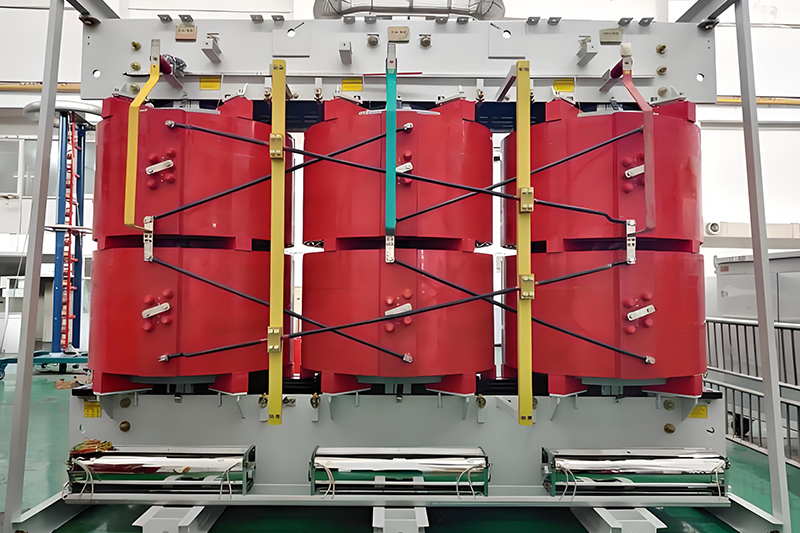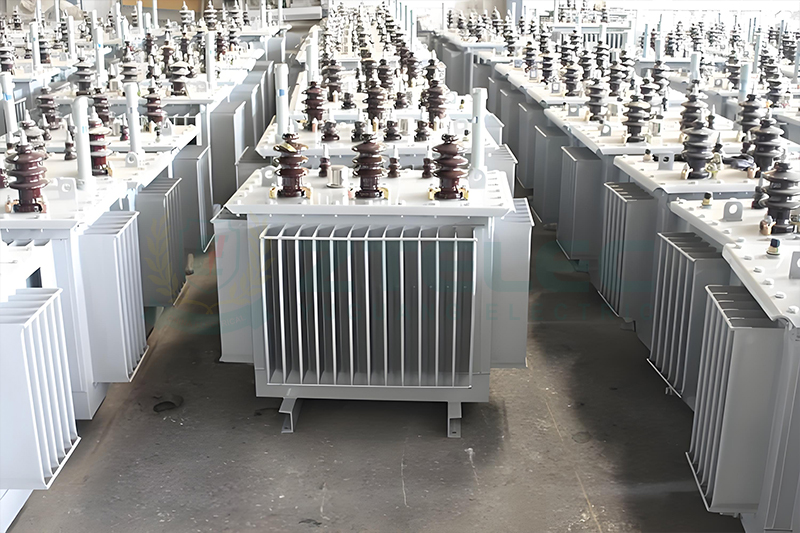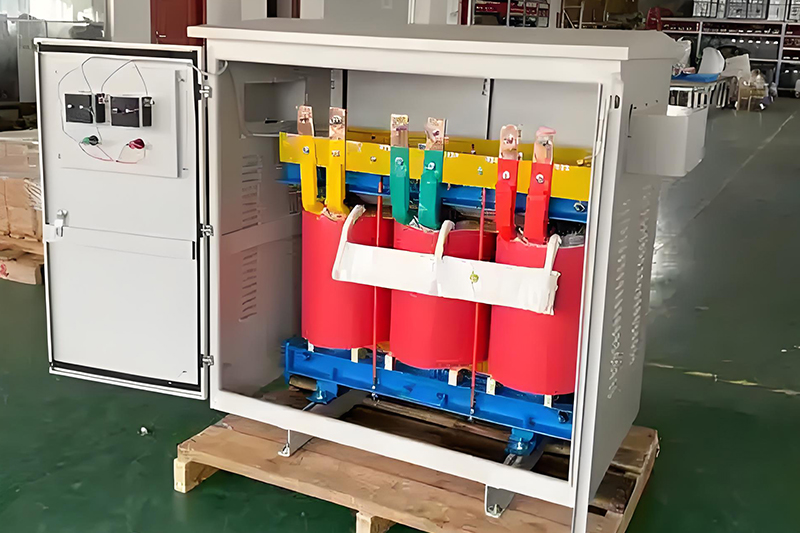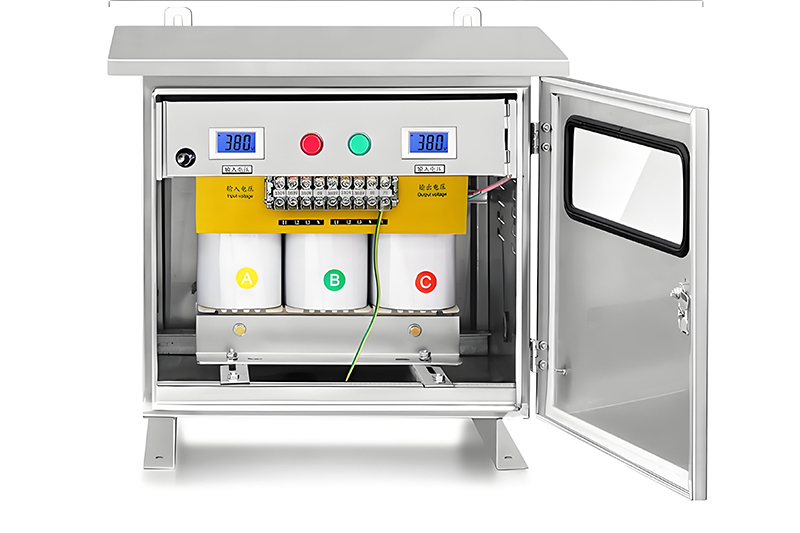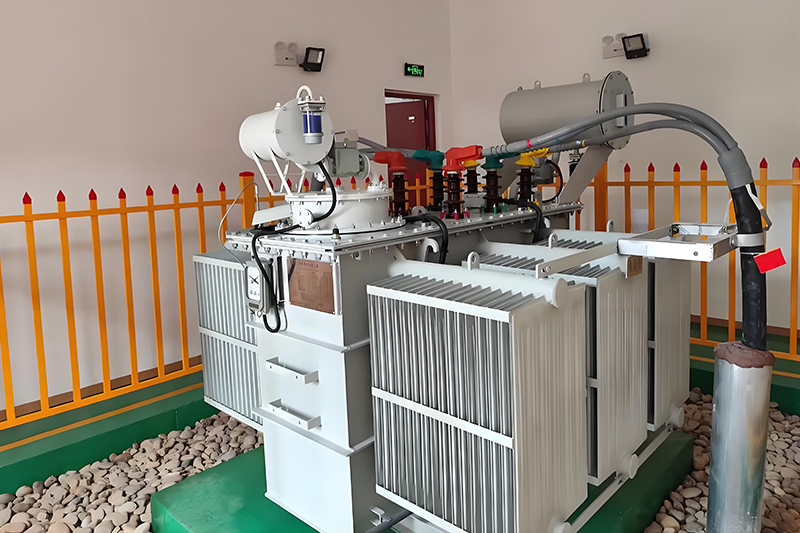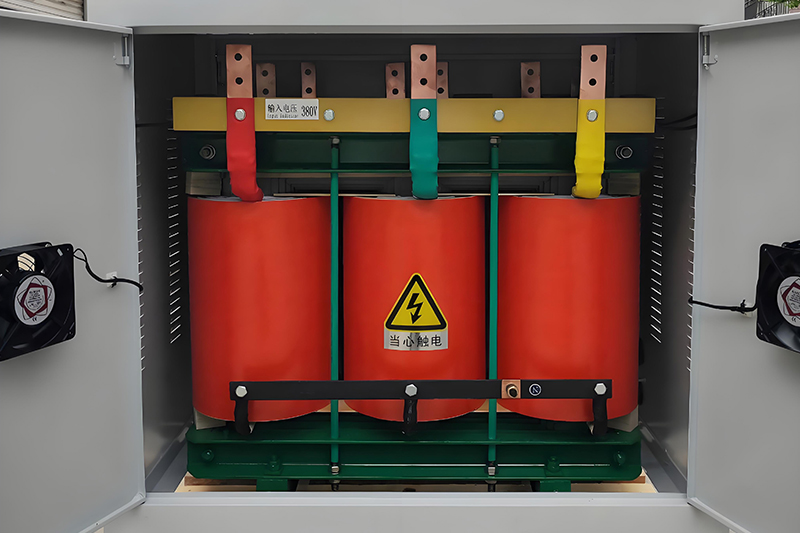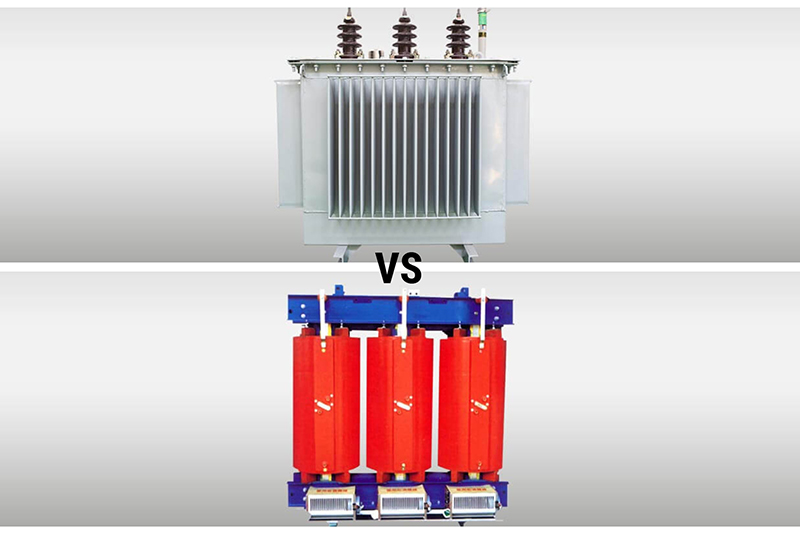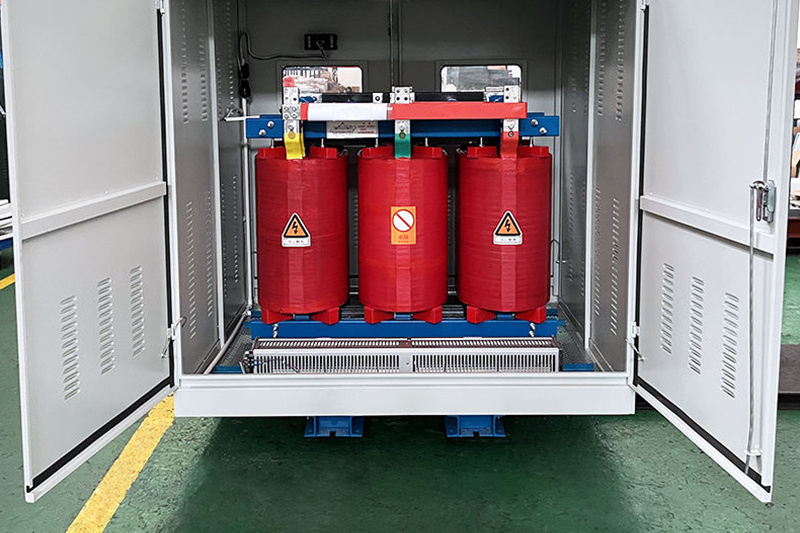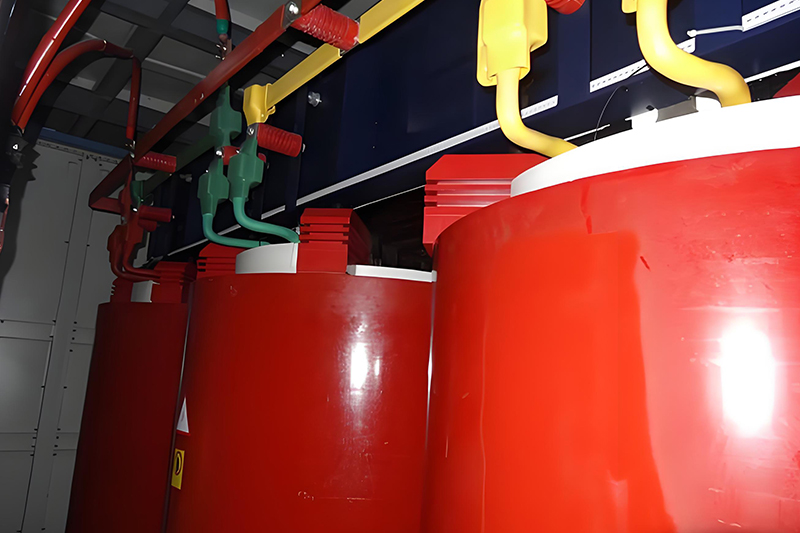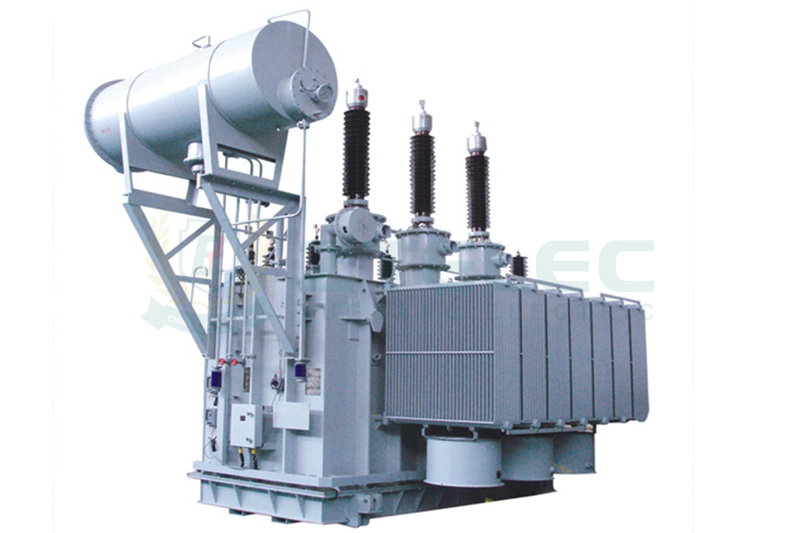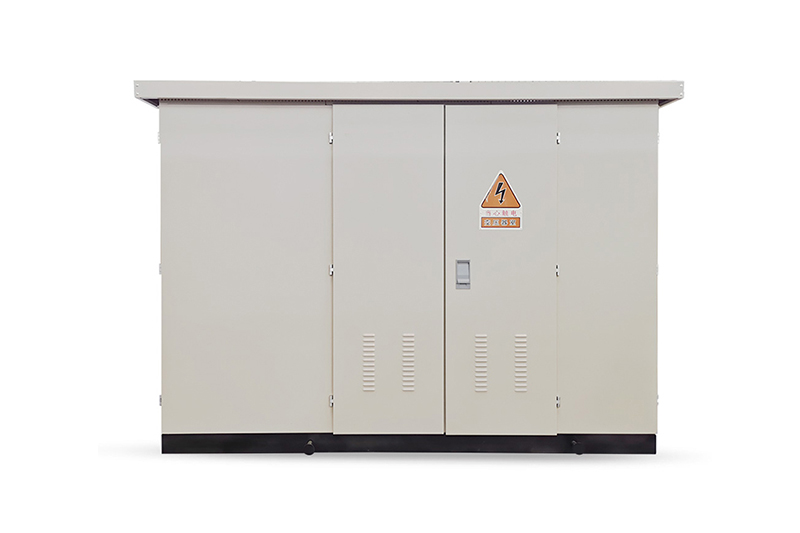-
Upgrading Cooling Technology for Large-Capacity Dry-Type Transformers (2.5MVA–24MVA)
With the rapid growth of industrial and commercial power consumption, large-capacity dry-type transformers—ranging from 2.5MVA to 24MVA—have become essential in data centers, smart manufacturing plants, renewable energy systems, and large commercia……
-
10kV Oil-Immersed Transformers: Working Principle and Practical Applications Explained
The 10kV oil-immersed transformer plays a vital role in modern power distribution networks. Its main function is to convert high-voltage electricity into low-voltage power suitable for industrial production, commercial operation, and residential co……
-
The Best Choice for Urban and Rural Power Grid Transformation: Advantages of 10kV Fully Sealed Oil-Immersed Transformers
As urban and rural power grid transformation accelerates worldwide, choosing a safe, reliable, and maintenance-free distribution transformer is essential for long-term stability and efficiency. Among all available options, the 10kV fully sealed oil……
-
The Difference Between Dry-Type Autotransformers and Isolation Transformers | Electrical Safety Comparison
In modern electrical systems, transformers play a vital role in power conversion and safety protection. Among them, dry-type autotransformers and dry-type isolation transformers are commonly used due to their excellent fire resistance and reliabili……
-
2025 Energy Efficiency Standards: 10% Loss Reduction for Dry-Type Transformers and Payback Analysis
With electricity prices continuing to rise and global energy efficiency regulations becoming more stringent, three-phase isolated dry-type transformers are at the forefront of energy-saving transformation for modern enterprises. One of the most imp……
-
10kV Oil-Immersed Transformer Selection Guide: Capacity, Model, and Price Comparison
10kV oil-immersed transformers serve as critical power distribution equipment across industrial facilities, commercial buildings, and urban and rural power grids. Selecting the right transformer is vital to ensure power reliability, optimize invest……
-
Three-Phase Dry-Type Isolation Transformers Convert 415V, 440V, and 480V to 380V: Principles and Advantages Explained
In global industrial systems, voltage compatibility is crucial for safe and efficient equipment operation. Many imported machines are rated for 415V, 440V, or 480V, while local power grids often supply 380V. This voltage mismatch can lead to startu……
-
Top Choice for Urban and Rural Grid Renovation: 10kV Oil-Immersed Fully Sealed Transformer
With the rapid upgrade and intelligent transformation of urban and rural power grids, medium-voltage transformers are required to meet higher standards of performance and reliability. The 10kV oil-immersed fully sealed transformer stands out as a p……
-
Dry-Type vs. Oil-Immersed Transformers: Why New Buildings Prefer Dry-Type Transformers
In today’s modern construction projects—such as commercial complexes, hospitals, residential towers, and data centers—choosing the right transformer type is a critical design decision. Traditionally, oil-immersed transformers dominated due to their……
-
How Three-Phase Isolated Dry-Type Transformers Eliminate Third Harmonics | Grid Purification Solutions
In modern power distribution networks, harmonics have become one of the major factors affecting power quality and equipment reliability. Among them, the third harmonic and its multiples (9th, 15th, etc.) are particularly harmful because they belong……
-
Dry-Type Transformer Maintenance | 5 Online Monitoring Techniques to Extend Lifespan
Dry-type transformers are widely used in power systems for commercial buildings, data centers, hospitals, and industrial facilities. Unlike oil-immersed transformers, they use air as a cooling medium, making them safer, more environmentally friendl……
-
Cost Analysis of European-Style Prefabricated Substations: Initial Investment and Full Life-Cycle Value
European-style prefabricated substations are widely recognized for their compact structure, environmental benefits, and quick installation. This analysis explains why choosing a high-quality substation with a slightly higher initial investment can ……

